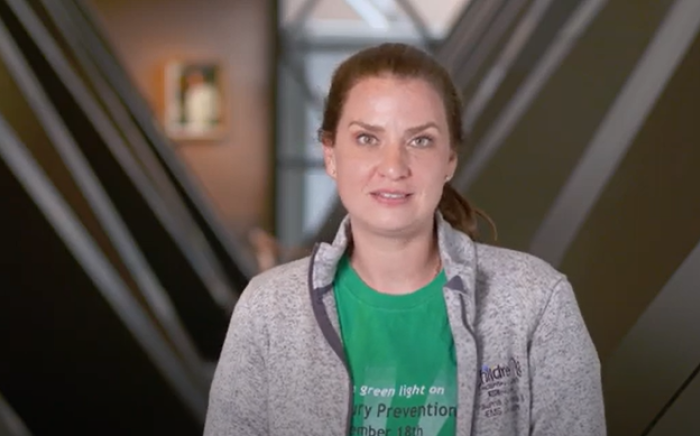What is melanoma?
Melanoma is a type of skin cancer is a small portion of all skin cancers, but it causes the most deaths. It starts in the melanocyte cells that make pigment in the skin. It may begin as a mole that turns into cancer. This cancer may spread quickly. Melanoma most often appears on fair-skinned people, but is found in people of all skin types.
For more information regarding melanoma services in St. Louis, please call 314.454.5437 or 800.678.5437 or email us.
What are the symptoms of melanoma in a child?
Symptoms of melanoma include a change in a mole, or a new mole that has ABCDE traits such as:
- Asymmetry. One half of the mole does not match the other half.
- Border irregularity. The edges of the mole are ragged or irregular.
- Color. The mole has different colors in it. It may be tan, brown, black, red, or other colors. Or it may have areas that appear to have lost color.
- Diameter. The mole is bigger than 6 millimeters across, about the size of a pencil eraser. But some melanomas can be smaller.
- Evolving. A mole changes in size, shape, or color.
Other symptoms of melanoma can include a mole that:
- Itches or hurts
- Oozes, bleeds, or becomes crusty
- Turns red or swells
- Looks different from your child's other moles
How is skin cancer diagnosed in a child?
The healthcare provider will examine your child's skin. Tell the healthcare provider:
- When you first noticed the skin problem
- If it oozes fluid or bleeds, or gets crusty
- If it’s changed in size, color, or shape
- If your child has pain or itching
Tell the healthcare provider if your child has had skin cancer in the past, and if other your family members have had skin cancer. Your child's healthcare provider will likely take a small piece of tissue (biopsy) from a mole or other skin mark that may look like cancer. The tissue is sent to a lab. A doctor called a pathologist looks at the tissue under a microscope. He or she may do other tests to see if cancer cells are in the sample. The biopsy results will likely be ready in a few days or a week. Your child's healthcare provider will tell you the results. He or she will talk with you about other tests that may be needed if cancer is found.
How is melanoma treated in a child?
Types of treatment for melanoma include:
Surgery:
The goal of surgery is to remove the melanoma, while leaving as much of the nearby skin as intact as possible.
Chemotherapy:
The goal of chemotherapy is to destroy cancer cells directly to shrink tumors that can’t be removed by surgery. Or it may be used to kill cells that have spread to other areas of the body (metastatic melanoma).
Biological therapy:
The goal of biological therapy is to shrink advanced melanoma tumors. This type of therapy is done with medicines that affect the immune system. It is also called immunotherapy, antibody therapy, or vaccine therapy. The medicine uses the body’s immune defense to attack the cancer cells. These may also be given along with chemotherapy.
Targeted therapy:
The goal of targeted therapy is to shrink advanced melanoma tumors. This type of therapy is done with medicines that target specific parts of melanoma cells. For example, medicines called BRAF inhibitors target cells with a change in the BRAF gene. This gene is found in about half of all melanomas.
For more information regarding melanoma services in St. Louis, please call 314.454.5437 or 800.678.5437 or email us.












